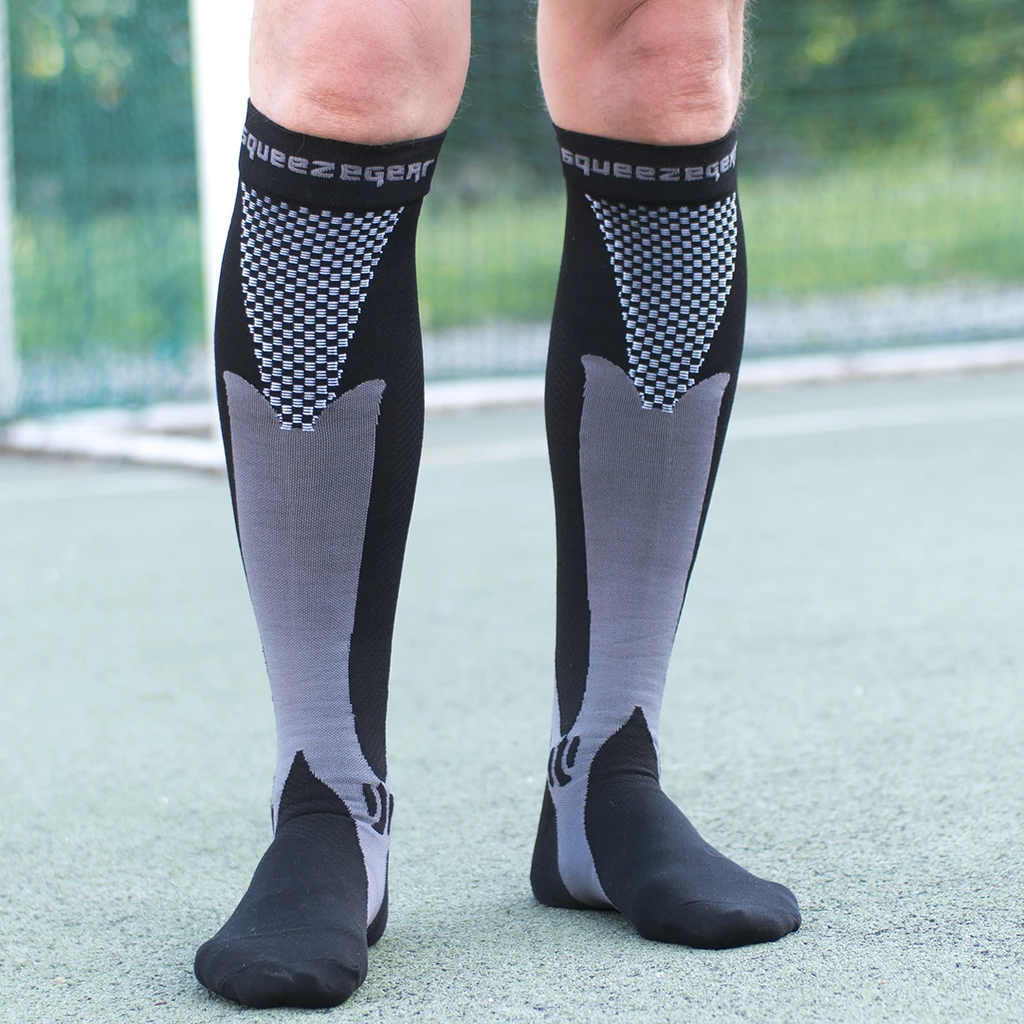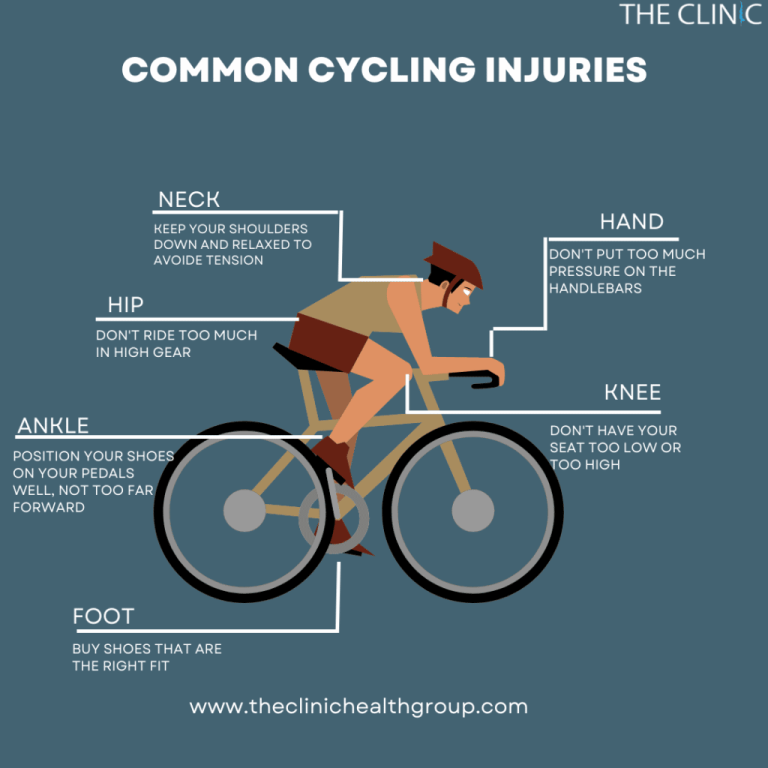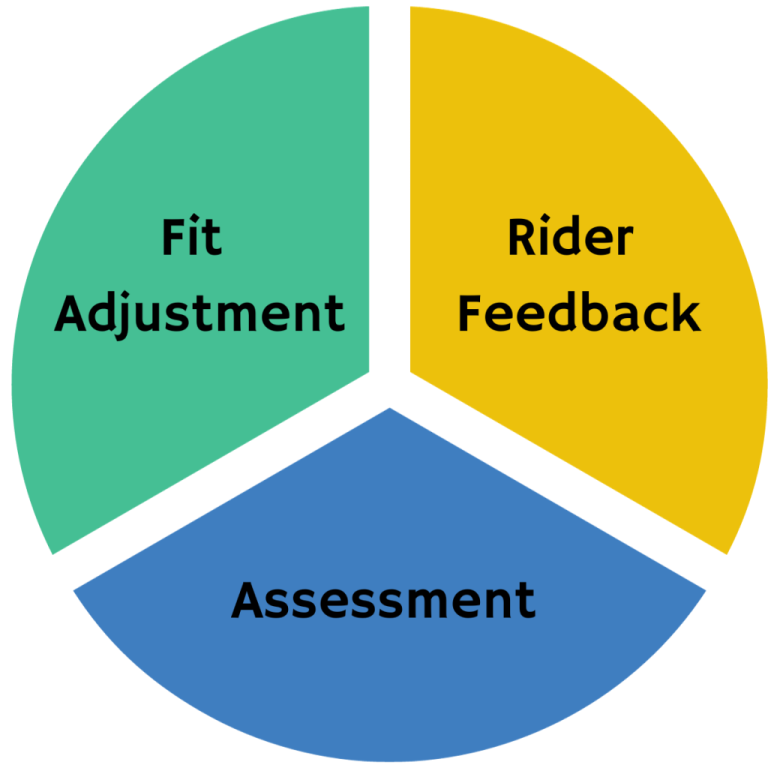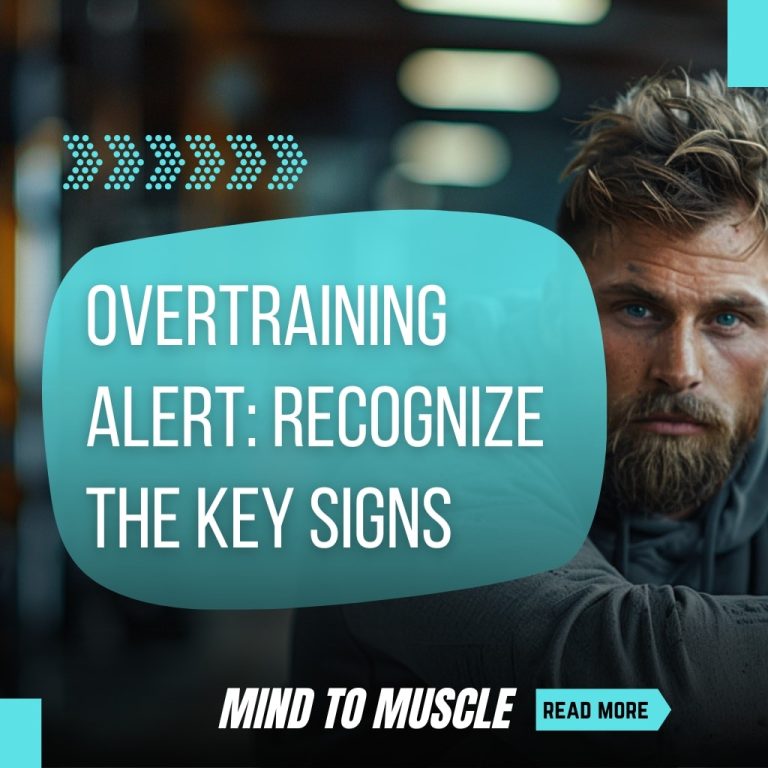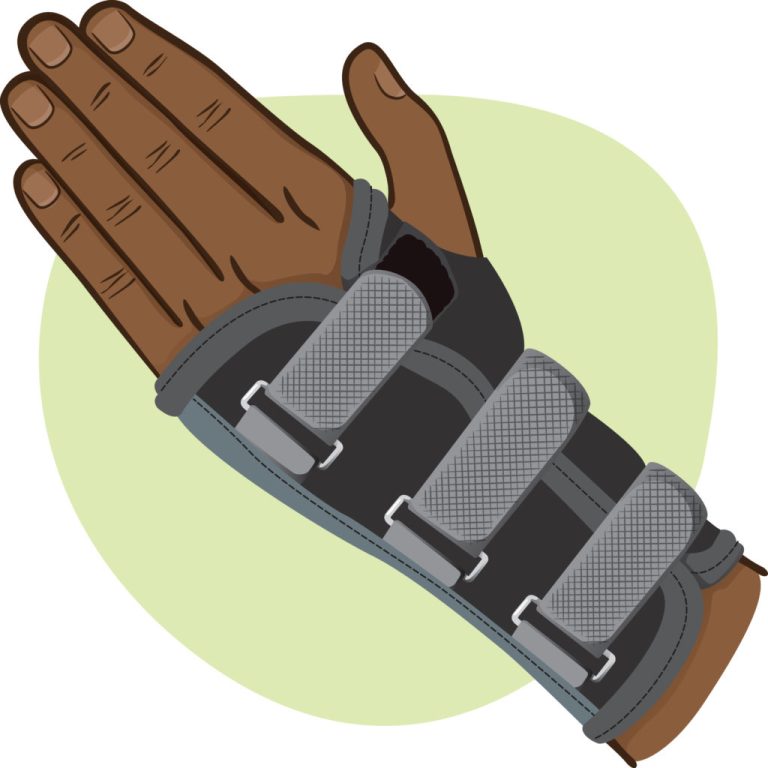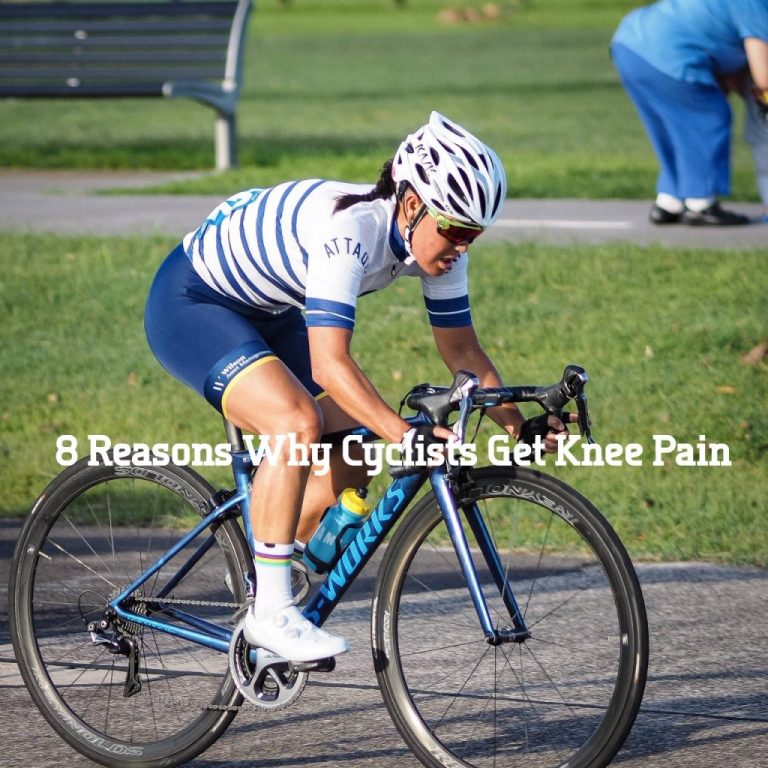Preventing Muscle cramps During long rides: A Cyclist’s Guide
Introduction
For many cyclists, few things are as frustrating as muscle cramps during long rides. Not only do they hinder performance, but they can also make a ride significantly less enjoyable. Preventing muscle cramps is not just about comfort; it’s essential for maximizing cycling performance and maintaining optimal health. Muscle cramps can strike unexpectedly, affecting even the most seasoned cyclists. That’s why understanding how to prevent them is crucial. In this article, we’ll explore various strategies for preventing muscle cramps during long rides, including the importance of hydration, nutrition, and proper training techniques. Whether you’re focused on improving your cycling performance metrics or just want to enjoy a cramp-free ride, these tips will help keep those pesky cramps at bay.
Training Techniques for Cyclists
Warm-Up Exercises and stretching
Before embarking on a long ride, proper warm-up and stretching are vital. Warm-ups increase blood flow to your muscles, reducing the risk of cramps. Start with light cycling or dynamic stretching routines targeting major muscle groups to prepare them for the ride. Stretching focuses on flexibility and helps your muscles adapt to the demands of cycling, decreasing the likelihood of cramps. Regular stretching routines before and after rides will enhance muscle elasticity and endurance.
Proper Bike Fit and Pacing Strategy
Ensuring your bike is properly fitted to your body is another crucial step in preventing muscle cramps. A correct fit decreases unnecessary muscle strain, promoting better efficiency and reduced fatigue. Consult a bike-fitting expert to make sure your setup suits your body mechanics. Additionally, a well-planned pacing strategy is essential. Avoid starting your ride too aggressively. Instead, pace yourself according to your current fitness level. Gradually increase your speed, preventing muscle fatigue over long distances.
Interval Training and Muscular Endurance
Incorporating interval training into your routine helps build muscular endurance, a crucial factor in preventing cramps. interval training involves alternating between high-intensity bursts and low-intensity recovery periods. It conditions muscles to withstand longer durations of stress, thereby reducing cramps during prolonged rides.
Best Nutrition Practices for Cyclists
Hydration and Sodium Balance
Staying hydrated is imperative in preventing muscle cramps. Dehydration can lead to electrolyte imbalances, often causing cramps. Adequate water intake before, during, and after rides is essential. At the same time, maintaining proper sodium balance is vital as sodium plays a key role in muscle contraction. Use hydration packs or sports drinks enriched with sodium, especially on hot days or long rides.
Electrolytes and Isotonic Beverages
electrolytes like potassium and magnesium are crucial in muscle function and cramp prevention. Potassium intake from bananas or isotonic beverages and magnesium supplementation can work wonders. Isotonic beverages replace lost electrolytes and fluids efficiently, improving muscle function.
Nutrition, Carb Loading, and Glycogen Stores
A balanced diet rich in carbohydrates is essential for maintaining energy levels during long rides. carb loading—taking in high-carb foods like pasta or rice leading up to a ride—ensures that your glycogen stores are full, providing sustained energy and reducing the chance of cramps. Proper nutrition that includes potassium and magnesium-rich foods ensures muscle functionality and reduces cramp severity.
Cycling Safety Tips
Recovery Techniques and Cooling Strategies
After a ride, implement effective recovery techniques, including cooling strategies to stabilize your body temperature and reduce muscle fatigue. Combating overheating with methods like cool showers or cooling towels can relieve stressed muscles.
Massage Therapy and Foam Rolling
Muscle cramps often respond well to massage therapy, which increases blood flow and relieves soreness. Similarly, foam rolling works by loosening tight muscles, promoting better recovery and flexibility. These techniques are especially beneficial post-ride to maintain muscle health.
How to Choose the Right Cycling Gear
Compression Garments
Compression garments help improve blood circulation, reduce swelling, and support muscle recovery. Wearing them during and after rides aids in cramp prevention. Appropriate cycling gear that includes compression shorts or sleeves can contribute significantly to comfort and muscle support.
Hydration Packs and Sports Drinks
Investing in quality hydration packs allows for easy access to water and electrolytes mid-ride. Choose sports drinks that support hydration needs with electrolytes for a balance. These tools can make a substantial difference, especially on lengthy or challenging rides.

Cycling Cadence and Performance Metrics
Interval Training for Cycling
Further elevate your cycling performance by concentrating on cadence and implementing power-based training. Using power meters for performance tracking offers insight into your cycling efficiency and helps design personalized interval sessions.
Real-Life Application and Anecdotes
Consider advice from cycling veterans who stress the importance of cadence and interval training in long-distance cycling. These techniques not only mitigate the risk of cramps but promote overall endurance and strength.
Data, Metrics, and Studies
Numerous studies highlight the role of hydration and electrolytes in athletic performance, indicating their significance in cramp prevention. According to research from the Journal of Athletic Training, athletes who maintain electrolyte balance experience fewer cases of muscle cramps. Additional data from cycling performance analytics point to VO2 Max improvements with consistent interval training, highlighting its efficacy.
User Intent and Benefits
Cyclists often seek methods to enhance endurance, avoid cramps, and optimize workouts. Incorporating the discussed techniques directly addresses these needs. Training adaptations, gear selections, and nutritional intake offer personalized strategies that cater to individual cycling goals.
FAQs
What are the main causes of muscle cramps during long rides?
Muscle cramps during long rides are primarily caused by dehydration, electrolyte imbalance, and muscle fatigue. Maintaining proper hydration and nutritional balance is essential.
How can I prevent muscle cramps while cycling?
Prevent muscle cramps by staying hydrated, maintaining electrolyte levels with foods rich in potassium and magnesium, and adopting proper warm-up and stretching routines.
Are there specific exercises to help avoid muscle cramps?
Yes, incorporating anti-cramp exercises such as dynamic stretching and interval training can condition muscles to resist cramps during long rides.
Is sodium important for cramp prevention?
Yes, sodium is crucial for muscle function. Maintaining sodium balance through sports drinks and electrolyte supplements can prevent cramps effectively.
What role does a proper bike fit play in preventing cramps?
A proper bike fit ensures efficient muscle use, reduces unnecessary strain, and minimizes the risk of cramps, making it critical for long rides.
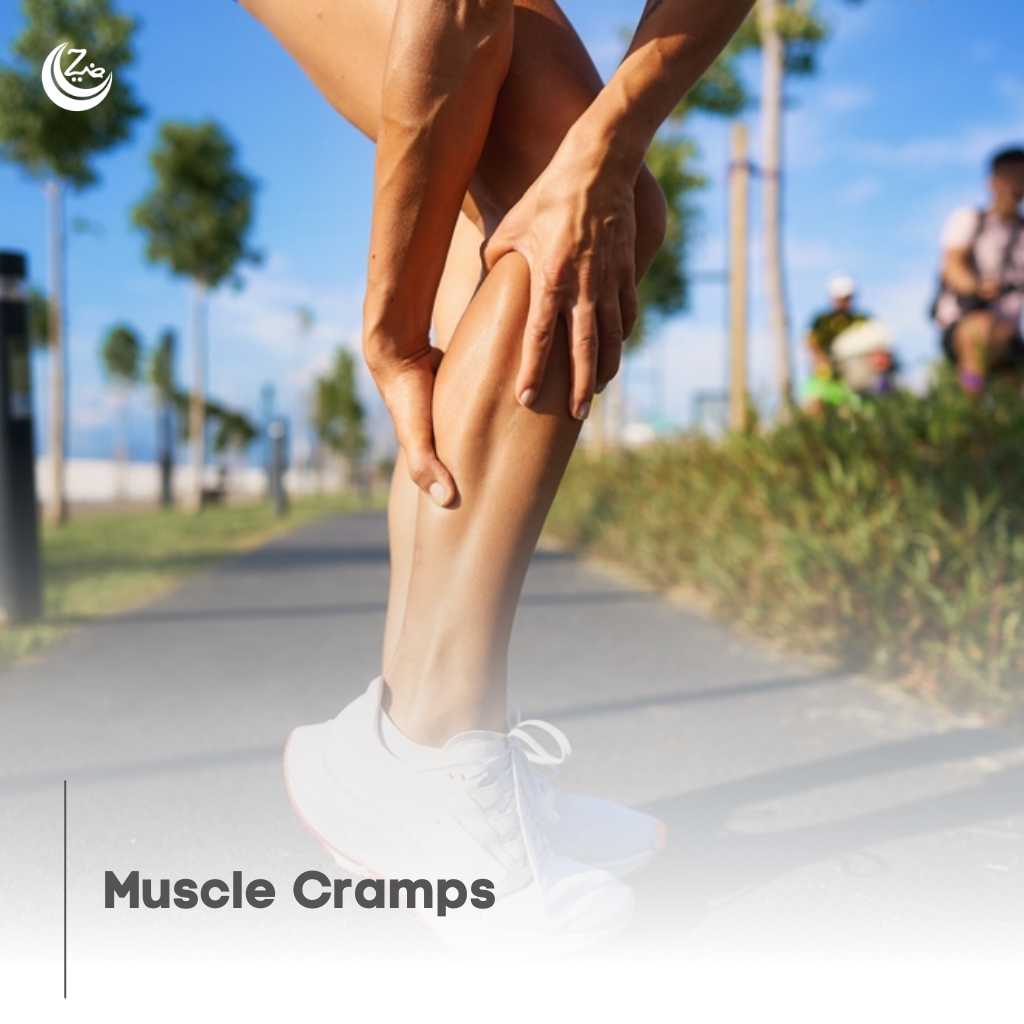
Conclusion
Incorporating these strategies to prevent muscle cramps during long rides can vastly improve your cycling experience and performance. By focusing on hydration, proper nutrition, suitable cycling gear, and structured training routines, you’ll not only enhance your endurance but also reduce discomfort. Implement these methods to enjoy your rides and achieve new cycling milestones. Share your experiences and tips with fellow cyclists; together, we can ride farther and stronger.
